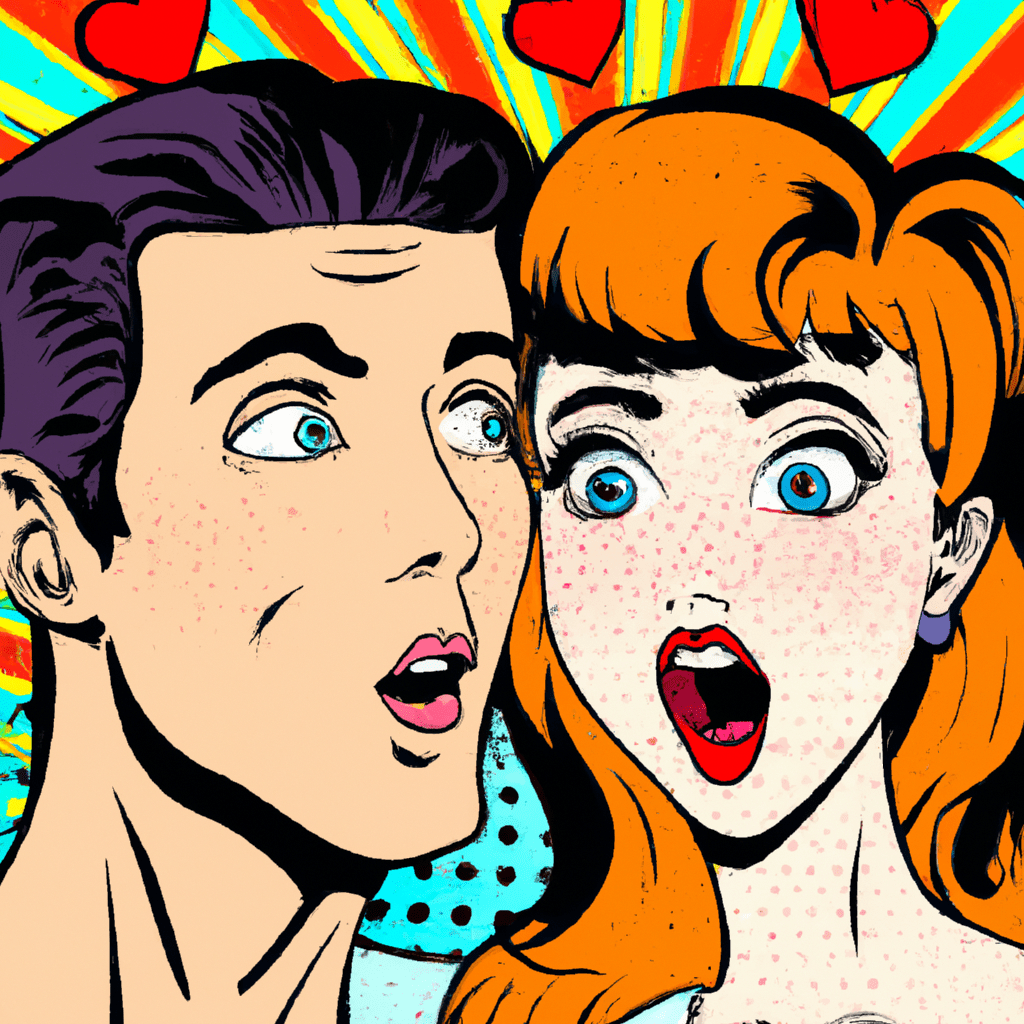How Gender Roles Transformed Dating Through History
Exploring the transformative journey of gender roles throughout dating history reveals a dynamic shift from rigid, societal-imposed roles towards a modern context where individuals embrace a more fluid and personalized approach to dating and relationships. This evolution reflects broader cultural shifts, emphasizing personal choice and equality across genders, throughout notable historic periods.
Understanding Ancient Foundations (3000 BCE – 500 CE)
In the frameworks of ancient civilizations, gender roles were markedly defined. Men were primarily perceived as providers and bearers of authority, while women were confined to domestic spheres, emphasizing submissiveness and childbearing. Dating, in this era, typically manifested as arranged marriages aimed at fortifying family alliances and social status rather than fostering personal connections or romantic interests.
Renaissance to Enlightenment: Seeds of Change (1500 – 1800 CE)
During the Renaissance and Enlightenment, shifts became noticeable in the expectations placed upon men and women. Men were still heralded as rational leaders pursuing scholarly and professional careers, whereas women began experiencing increments in educational opportunities, albeit with persisting societal limitations. Notably, figures like Catherine of Siena and Christine de Pizan began to advocate for women’s rights. This period also saw slight shifts towards dating choices influenced by personal preference, yet still heavily overseen by familial and social expectations.
The Industrial Revolution’s Impact (1800 – 1900 CE)
As the Industrial Revolution swept across societies, it brought about substantial changes in the social fabric. Men transitioned into industrial jobs, marking a move towards urbanization, while women entered the workforce in droves, albeit in less empowered roles like those seen in textile mills. Here, dating began evolving beyond arranged unions, incorporating more diverse social interactions though still largely shaped by class and economic status.
The 20th Century: A Modern Turning Point (1900 – 2000 CE)
The 20th century marked significant milestones in the evolution of gender roles within dating scenes. From the early 1900s, marked by the suffrage movement which enhanced women’s rights, through to the post-WWII era which saw a reversion to more traditional roles, dating practices evolved substantially. The latter half of the century brought forward a push for emotional expressiveness from men and an increased assertion of independence from women, mirroring the sweeping societal calls for gender equality. Dating increasingly became casual and characterized by personal choice, a precursor to the digital dating transformations of the 21st century.
The Digital Age and Modern Dating (2000 – Present)
The explosion of the internet and the advent of dating apps have radically transformed dating practices. Contrary to traditional dating, which often involved extensive in-person interactions and traditional courtship rituals, modern tools like Tinder and Bumble allow individuals significantly greater control over their dating lives, fostering more direct communication and diverse connections. Furthermore, modern dating emphasizes breaking free from outdated stereotypes and encourages authenticity and equality, leveraging personal choice and mutual respect over traditional roles. This liberalization in dating mirrors the broader societal shifts towards recognizing and valuing diverse gender expressions and relationships dynamics.
Competitive Perspectives and Recent Insights
Current debates on gender roles in dating highlight the emerging consensus that relationships rooted in shared gender role perspectives may lead to more satisfaction. This challenges the age-old belief that opposites attract. Also, by embracing both expressive and instrumental aspects of one’s personality, individuals can foster deeper and more fulfilling connections. The modern dating landscape encourages risks in expressing authenticity, highlighting that personal and societal happiness increases when individuals interact more genuinely within their relationships. Hence, understanding the competitive landscape, such as insights provided by the Pew Research Center indicating a dramatic increase in the acceptance and usage of online dating, is crucial for adapting to continual changes in dating dynamics.
Gender Roles in Dating: An Evolutionary View
Historical analysis shows that relational dynamics have been shaped significantly by shifts in gender expectations. What started as relationships rooted in economic necessity and societal arrangements has transitioned into a platform for personal expression and emotional connection. The continuous evolution in this domain is not just a reflection of changes in romantic relationships but is indicative of broader shifts in societal norms and gender expectations, emphasizing the journey towards increased equality and personal autonomy in dating and beyond.


